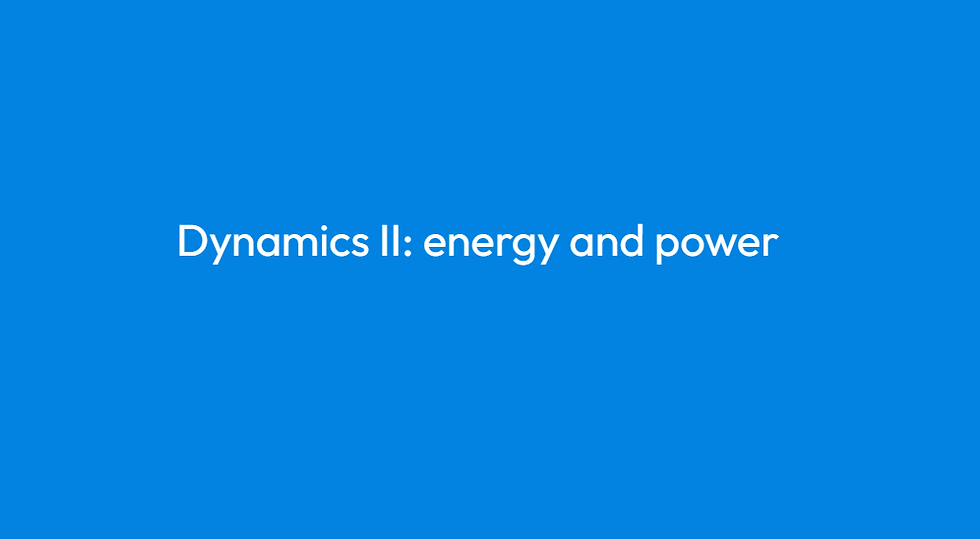Gait and Stability
- SEARCH POINT

- Feb 15
- 2 min read

Gait and Stability in Biomechanics
1. Introduction
Gait and stability are fundamental concepts in biomechanics, essential for understanding human locomotion, balance, rehabilitation, and prosthetic design.
Gait refers to the pattern of movement during walking or running.
Stability is the ability to maintain balance and control body movement during gait.
Studying gait and stability helps in analyzing movement disorders, preventing falls, optimizing sports performance, and designing assistive devices.
2. Phases of Gait Cycle
The gait cycle consists of two main phases:
a. Stance Phase (60% of cycle) – Foot in contact with the ground
Heel Strike (Initial Contact) – The heel touches the ground.
Loading Response – Weight shifts onto the foot, knee absorbs shock.
Midstance – Bodyweight is fully over the supporting leg.
Terminal Stance – Heel lifts off, preparing for push-off.
Pre-Swing (Toe-Off) – Toes push off, initiating the next step.
b. Swing Phase (40% of cycle) – Foot in the air
Initial Swing – Foot lifts off, knee flexes.
Mid-Swing – Leg moves forward, clearing the ground.
Terminal Swing – Leg prepares for the next heel strike.
c. Double Support & Single Support
Double Support: Both feet touch the ground (at the start and end of the stance phase).
Single Support: One foot is in contact while the other is in the swing phase.
3. Stability in Gait
Stability ensures smooth, controlled motion and prevents falls. It depends on:
a. Balance Control Mechanisms
Static Stability: Maintaining posture while standing still.
Dynamic Stability: Maintaining balance while moving (e.g., walking on uneven surfaces).
Reactive Stability: Adjusting movement after a disturbance (e.g., recovering from a trip).
b. Factors Affecting Stability
Factor | Effect on Stability |
Base of Support (BoS) | A wider stance improves balance. |
Center of Mass (CoM) | Lower CoM increases stability. |
Proprioception | Sensory feedback from muscles and joints aids control. |
Muscle Strength | Weak muscles reduce stability, increasing fall risk. |
Neuromuscular Control | Quick reactions help correct imbalances. |
4. Gait Abnormalities and Their Causes
Gait Pattern | Description | Possible Causes |
Antalgic Gait | Shortened stance due to pain | Injury, arthritis |
Ataxic Gait | Unsteady, uncoordinated steps | Neurological disorders (e.g., stroke, cerebellar ataxia) |
Trendelenburg Gait | Hip drop on one side | Weak hip abductors |
Parkinsonian Gait | Small, shuffling steps | Parkinson’s disease |
Foot Drop | Inability to lift toes | Nerve damage, stroke |
5. Assessment of Gait and Stability
Kinematic Analysis: Uses motion capture to track joint movements.
Kinetic Analysis: Measures forces using force plates and pressure sensors.
Electromyography (EMG): Analyzes muscle activity during gait.
Balance Tests: Includes postural sway tests and timed walking tests.
6. Applications of Gait and Stability Analysis
Field | Application |
Rehabilitation | Assessing and improving movement disorders |
Sports Science | Enhancing performance and preventing injuries |
Prosthetics & Orthotics | Designing better assistive devices |
Fall Prevention | Identifying risks in elderly individuals |
Robotics & Exoskeletons | Improving assistive walking technologies |
7. Conclusion
Gait and stability are crucial for efficient and safe movement. Understanding these principles helps in improving mobility, preventing falls, optimizing sports training, and advancing rehabilitation techniques.




Comments